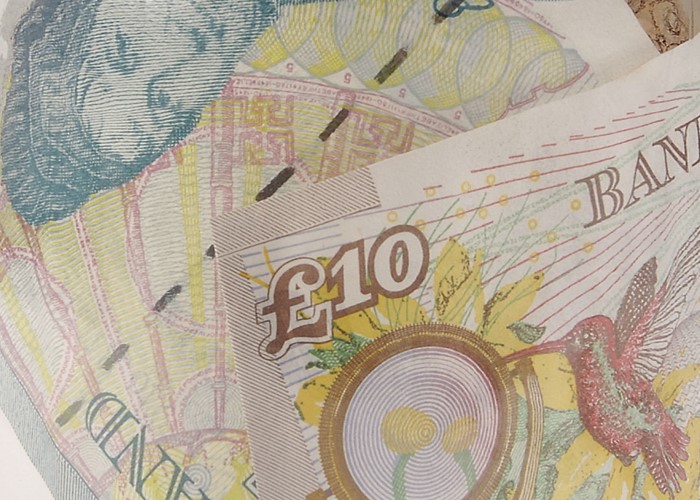The Three-Year-Old Investor

Child Trust Funds enable children to make gains inside their own tax shelter. Here's how one child has made handsome returns.
Frequent readers of my Foolish outpourings may know that I have two young children: a five-year-old boy and a three-year-old girl.In many ways, I consider myself a far from ideal role model for life, but my wife and I have a shared responsibility to raise our children as best as we can. One thing that I'm very keen to teach my children is how to make money their servant, not their master. At the very least, if they can learn from my mistakes (and there are plenty to choose from), then I'll be glad!My son's reading and arithmetic are improving by the day, so I've already begun teaching him about stock-market investing. Indeed, you can read his personal investment strategy here. Alas, because he was born before 1 September 2002, my boy isn't allowed a Child Trust Fund (CTF), so I have to invest for him outside of this tax shelter for children.Anyway, as this week has been designated Child Trust Fund Week, I thought I'd write about my experiences of running a CTF for my daughter. In April 2005, in common with almost two million children born since 1 September 2002, my daughter received a CTF voucher from HM Revenue & Customs. In her case, this amounted to £268, although awards of £500+ went to low-income families.Although a sizeable proportion of parents have opted to use their child's CTF as a tax-free savings account, the returns on these accounts presently amount to about 6% a year at best. History shows that shares usually outperform cash over a fifteen-year period, so my first decision was to elect to put this sum, and all future contributions, into shares. I'm willing to take on a higher degree of risk in the hope of earning higher returns for my daughter, but only time will prove me right or wrong!Having decided on a stock-market investment, I then had the choice of a fund-based Stakeholder account (with annual charges of up to 1.5%) or a self-select shares CTF. I chose the latter, largely because I can keep charges to the bare minimum by using a low-cost online stockbroker.Thus, it falls on me to pick shares for my daughter's portfolio, so I take my time and do my research! In order to minimise dealing charges, I make a one-off £1,200 contribution each year and use this and any dividends (the income from shares) built up to make a single yearly purchase. Hence, I've only bought three shares so far, which has cost just £37.50 in buying commission.For the record, here is my daughter's portfolio as it stands at present:ShareDate boughtPurchase price (p)Price now (p)Gain (%)Chaucer Holdings (LSE: CHU)Sep 200555.995.070iShares UK Dividend Plus (LSE: IUKD)Jan 200610.813.020Dawson Holdings (LSE: DWN)Oct 200692.9104.813Including accrued interest and dividends, my daughter's portfolio has grown by a tax-free 40% since its launch, which has handsomely beaten the wider stock market over that time, and absolutely thrashed a cash-based account!Experienced investors -- particularly, fans of Fool writer Stephen Bland (alias PYAD) -- will recognise this as a type of high-yield portfolio, or HYP. In short, I chose the three shares above because each pays an above-average income to shareholders (hence the HYP name). If you'd like to learn more about this tried-and-tested approach to investing, then visit our High Yield Portfolio and Value Investing areas.Finally, if you'd like to learn more about saving for children, then read Twelve Top Tips For Families and Make Your Child Wealthy. Also, let's hope our kids don't spoil our well-laid plans by blowing their windfalls in one brief spending binge!Disclosure: Cliff owns shares in Chaucer Holdings.


